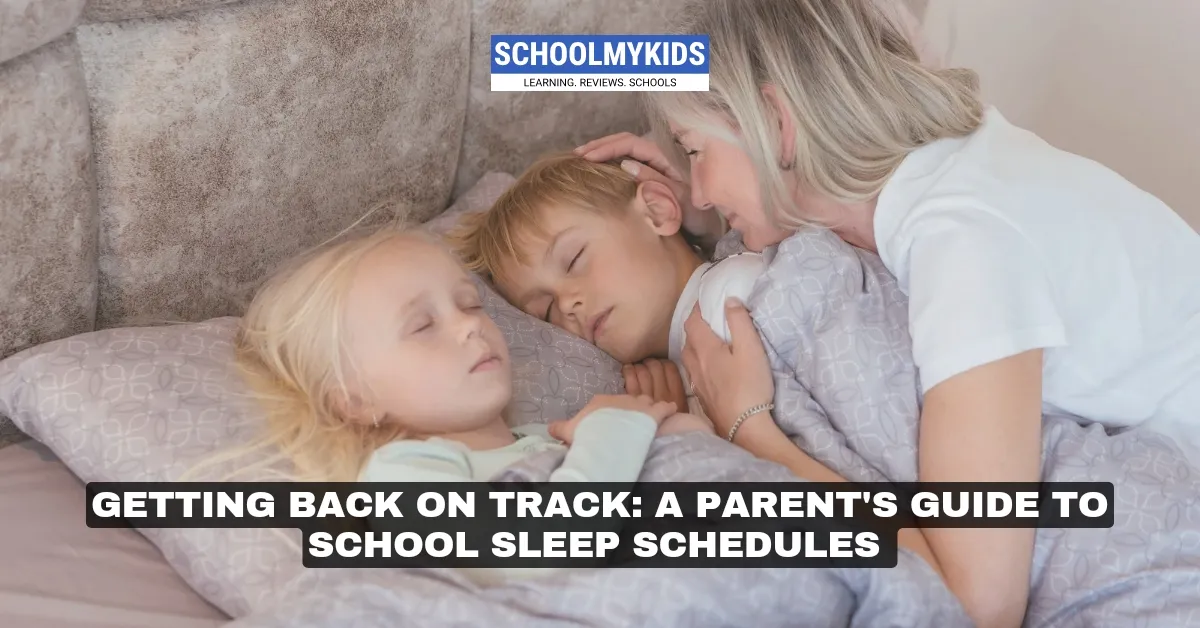Let us talk about something that every parent dreads - that first week of getting kids back into their school sleep routine. Whether it's after winter break or a long holiday, we all know the struggle. But don't worry, we've got some practical kids sleep tips that will help make this transition smoother for everyone involved.
First, let's talk about why this is so important. Our children's sleep patterns tend to go haywire during breaks. They stay up late, sleep in longer, and basically flip their schedule upside down. It's like their internal clock decides to take a vacation, too! But when school starts approaching, we need to help them reset.
Start Early, Really Early
Here's the thing - you can't expect miracles overnight. Start adjusting their sleep schedule at least two weeks before school begins. We know what you're thinking - "Two weeks? Really?" Yes, really! Think about it - would you rather deal with a cranky child for two weeks of vacation or have them exhausted and struggling during those crucial first weeks of school?
The Magic of Small Steps
Remember when your kid learned to walk? They didn't just get up and run a marathon, right? The same principle applies here. Shift bedtime earlier by 15 minutes every couple of days. It's one of those kids sleep tips that might seem too simple to work, but trust us, it does. If your child has been going to bed at 10 PM during vacation, don't suddenly expect them to hit the hay at 8 PM. That's a recipe for disaster (and a lot of staring at the ceiling).
Create the Perfect Sleep Environment
Let's set the stage for success. Think of your child's bedroom as their sleep sanctuary. Here's what works:
- Keep the room cool (around 68-72°F)
- Use blackout curtains (especially helpful during those longer summer evenings)
- Minimize noise (white noise machines can be lifesavers)
- Remove electronic devices (yes, this includes tablets and phones)
The Pre-Bedtime Routine is Your Best Friend
One of the most effective kids sleep tips we can share is establishing a solid bedtime routine. Our bodies love routines - they're like little signals telling us what's coming next. A good routine might look like this:
- A light snack (nothing too heavy)
- Warm bath or shower
- Pajama time
- Reading together
- Quick cuddle and chat about the day
- Lights out
The whole routine should take about 30-45 minutes. Keep it consistent, and you'll be amazed at how your child's body starts naturally preparing for sleep.
Technology and Sleep - The Great Battle
Let's be honest - screens are everywhere. But the blue light from devices can really mess with sleep patterns. Start powering down electronics at least an hour before bedtime. This might cause some drama but stand firm. Replace screen time with calming activities like coloring, reading, or listening to soft music.
Leading by Example
Here's something we don't talk about enough - kids notice everything. If you're scrolling through your phone until midnight while telling them they need proper sleep, they'll spot that contradiction faster than they can spot broccoli hidden in their pasta. Try to model good sleep habits yourself.
When Things Don't Go According to Plan
Sometimes, despite following all the kids sleep tips and tricks, things just don't work out as planned. That's okay! Every child is different, and what works for one might not work for another. If your child is really struggling, don't hesitate to adjust your approach or consult with their pediatrician.
Remember to be patient - with your child and yourself. Getting back into a school sleep schedule is a process, not a race. Some days will be better than others, and that's perfectly normal. The goal is progress, not perfection.
Keep communication open with your child. Ask them how they're feeling about the earlier bedtime. Sometimes, they might have concerns or anxieties about the upcoming school year that are affecting their sleep. Being understanding and supportive while maintaining consistent boundaries will help everyone navigate this transition more smoothly.
Conclusion
Transitioning kids back into a school sleep schedule doesn’t have to be overwhelming. With some planning, patience, and consistency, you can help your child get back on track for a successful school year.
Sweet dreams!









Be the first one to comment on this story.